Birds are fascinating creatures with complex behaviors, especially when it comes to their interactions with humans. Many bird owners and enthusiasts have experienced the curious phenomenon of a bird showing clear preference for one person while completely ignoring or even displaying hostility toward others. This selective bonding isn’t random but stems from various biological, psychological, and environmental factors. Understanding why birds choose particular humans can help strengthen the special bond between birds and their favorite people, while potentially improving relationships with other household members as well.
The Science of Avian Social Bonding
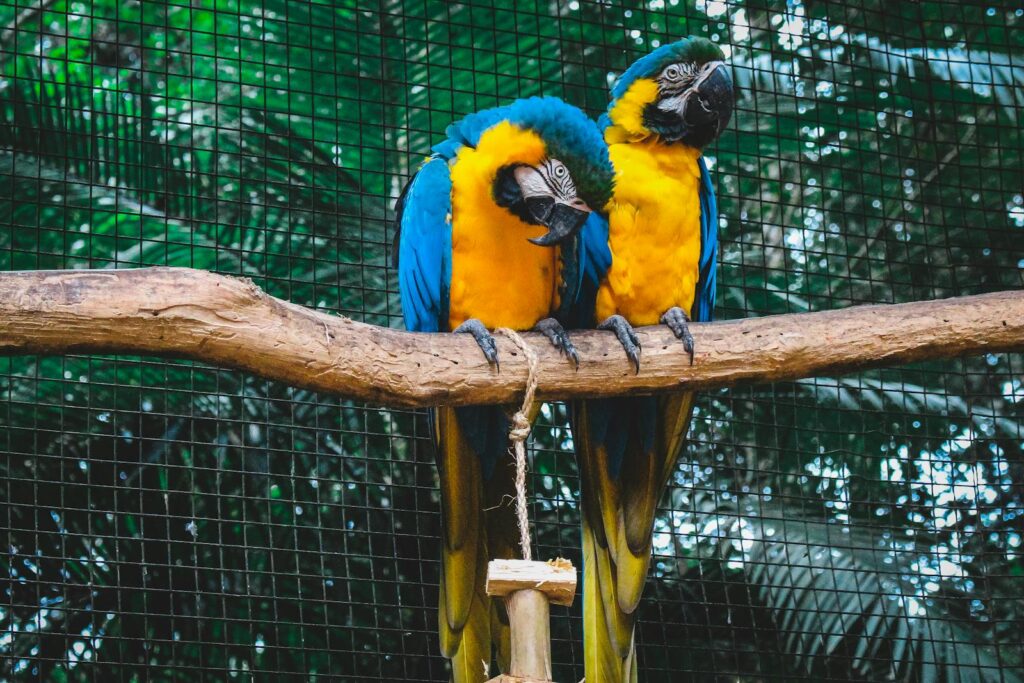
Birds are highly social creatures that naturally form attachments in the wild, making them predisposed to creating bonds in captivity as well. Many species, particularly parrots, form monogamous pair bonds in nature that can last for years or even a lifetime. When kept as pets, birds often transfer this pair-bonding tendency to their human caretakers, essentially viewing one person as their chosen “mate” or flock member. This biological drive explains why a bird might focus its positive attention on just one person while showing indifference or even aggression toward others. The strength of these bonds is further evidenced by neurochemical changes in the bird’s brain, including the release of oxytocin and dopamine—the same “bonding hormones” that facilitate human relationships.
First Impressions and Imprinting
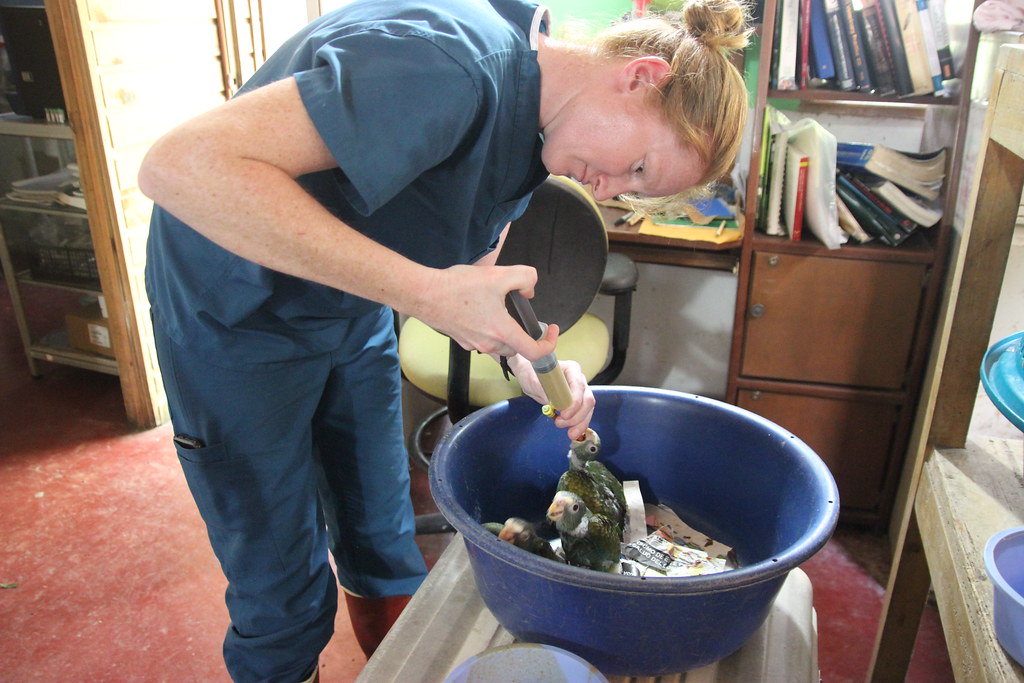
For many birds, early life experiences strongly influence their human preferences through a process called imprinting. When birds are young, particularly during critical developmental periods, they form strong attachments to whoever cares for them most frequently. A hand-raised baby bird will often imprint on the person who feeds them, making this individual the lifelong “chosen one.” This imprinting is particularly powerful in species like cockatiels, cockatoos, and African greys, which are known for their strong attachment tendencies. The imprinting process is so influential that it can sometimes be difficult to reverse once established, which is why many avian behaviorists recommend having multiple family members participate in hand-feeding young birds. Even for birds acquired as adults, the person who initially provides care, food, and comfort often becomes the preferred human companion.
The Role of Primary Caregiver
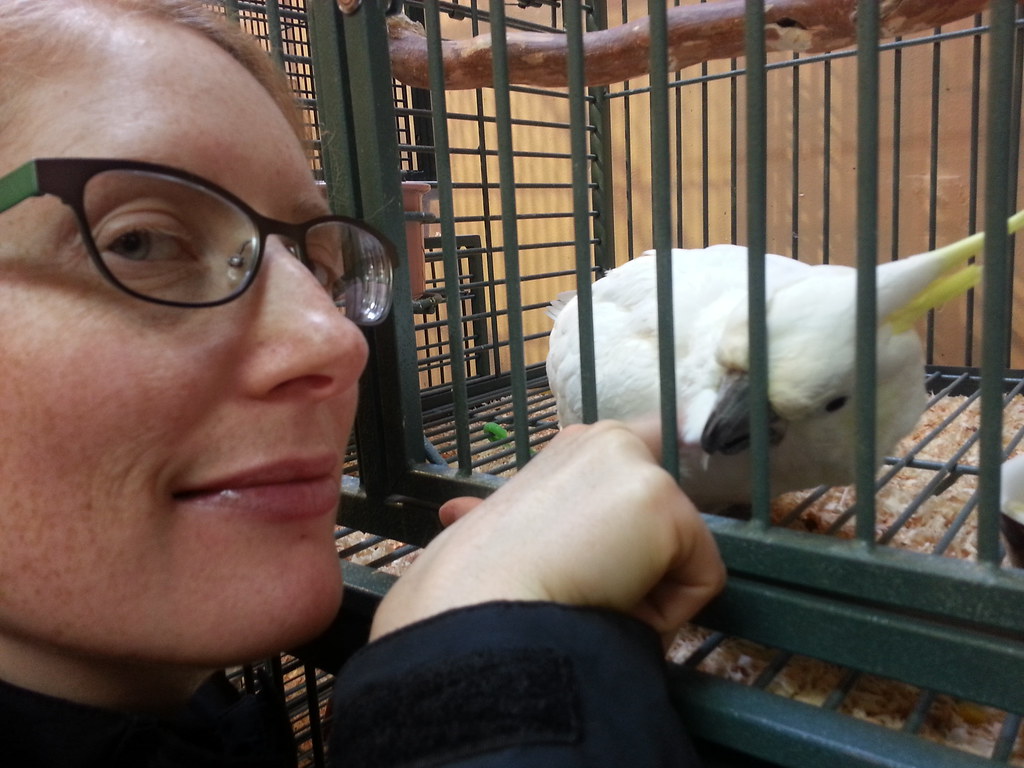
Birds frequently form the strongest bonds with the person who meets their daily needs most consistently. The human who regularly provides fresh food and water, cleans the cage, offers treats, and ensures general wellbeing becomes associated with positive experiences and safety. This association creates a powerful incentive for the bird to seek interaction with this specific person. The primary caregiver relationship establishes trust through reliability and consistent care, something birds are naturally attuned to recognize. Even when other family members attempt to engage with the bird, the established trust with the primary caregiver often prevails, leading to apparent “favoritism.” Some bird owners have found that temporarily shifting caregiving responsibilities can sometimes help redistribute a bird’s affections if desired.
Gender Preferences in Birds

Many bird owners are surprised to discover that some birds show distinct gender preferences when choosing their favorite human. Certain birds, particularly during breeding season, may show preference for humans of the opposite sex from the bird’s own gender. For example, a male cockatiel might favor female household members while showing territorial behavior toward males.
This gender-based preference relates to natural mating behaviors and hormonal influences that affect how birds perceive potential companions. Research suggests that these preferences may be related to subtle differences in human vocal patterns, movements, or even scent profiles that birds can detect between males and females. Some avian experts note that birds raised by mixed-gender pairs of humans tend to be more flexible in their human gender preferences later in life.
Physical Characteristics That Influence Bird Preferences
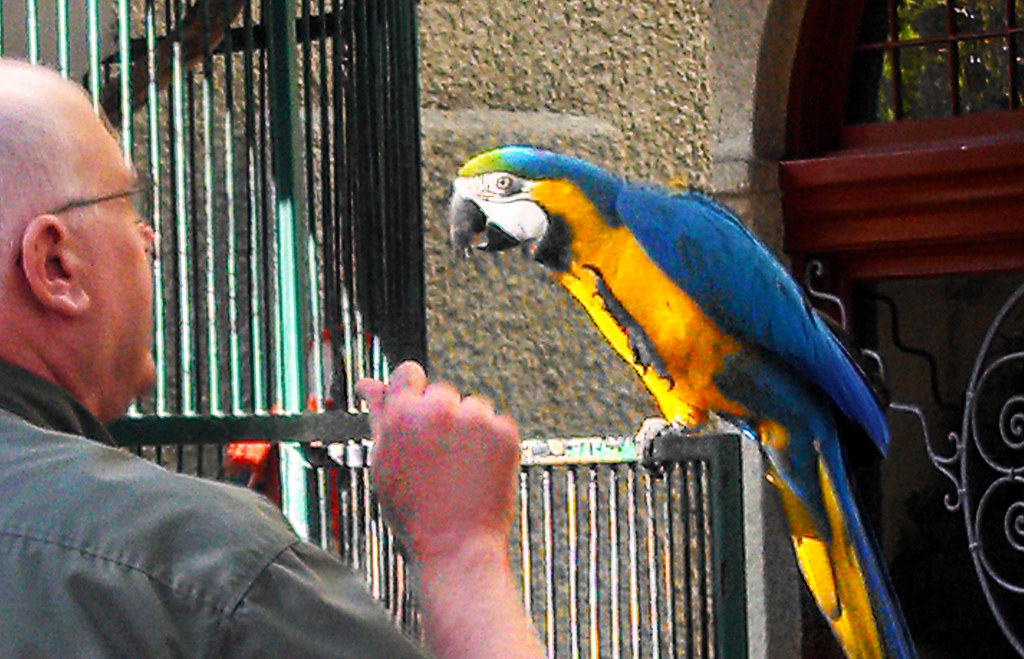
Birds are remarkably observant creatures that notice specific physical traits in humans that might seem insignificant to us. Features like height, hair color, facial hair, glasses, and even clothing colors can influence a bird’s preference for certain people. Some birds show wariness toward people who resemble individuals who may have frightened them in the past, while favoring those with characteristics similar to trusted caretakers. Movement patterns are particularly important—many birds are naturally suspicious of quick, unpredictable movements but respond positively to slow, deliberate gestures. Voice qualities also play a significant role, with birds often preferring higher, gentler voices over loud or deep ones. Some bird owners report their pets being particularly wary of people wearing hats or hoodies, possibly because these items change a person’s silhouette in ways that trigger the bird’s instinctive predator-recognition response.
Behavioral Consistency and Trust Building
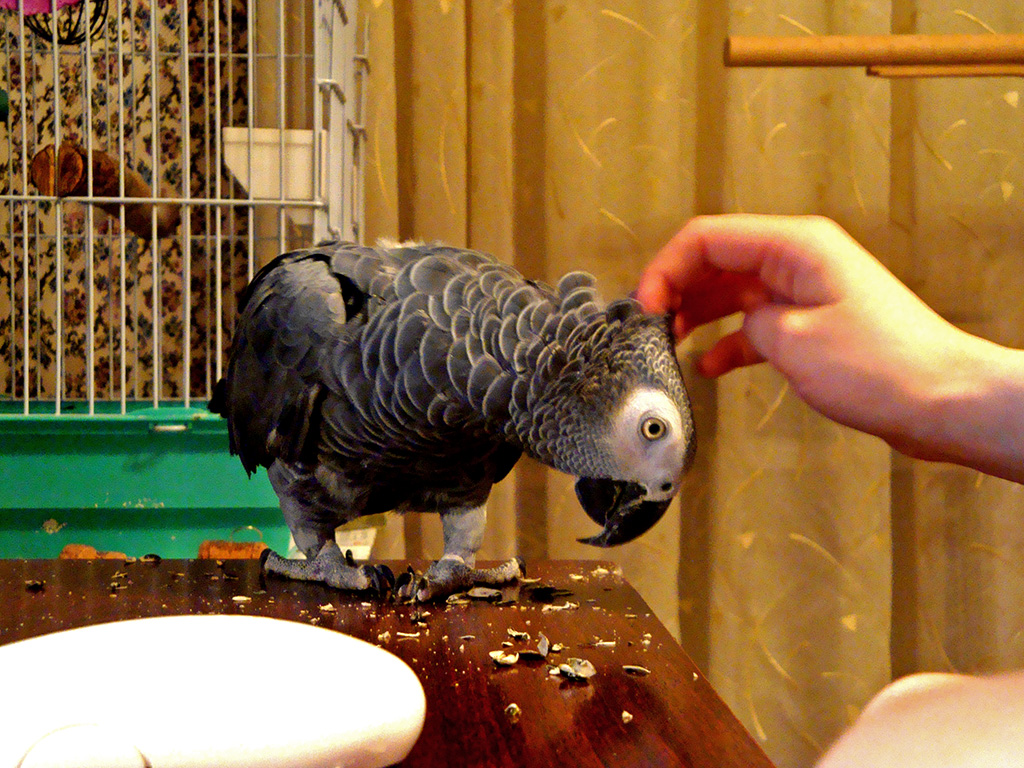
Birds value predictability and consistency in human behavior, which significantly influences their preferences. People who approach birds with steady, gentle movements and respect their boundaries typically earn more trust than those who are erratic or forceful in their interactions. A person who consistently speaks softly, moves calmly, and respects the bird’s personal space creates a foundation of trust that leads to preference.
Conversely, individuals who make sudden movements, create loud noises, or try to handle the bird against its will may be permanently categorized as “unsafe” in the bird’s mind. Trust-building with birds requires remarkable patience—sometimes months or even years of consistent positive interaction—before a bird fully accepts someone as part of their trusted circle. This explains why birds often reject well-meaning but occasional visitors while strongly bonding with consistent household members.
The Impact of Training and Positive Reinforcement

The person who engages in regular training sessions with a bird often becomes the preferred human through the power of positive reinforcement. When a specific person consistently offers treats, praise, and enrichment activities, the bird develops a positive association with that individual. This association is strengthened through the dopamine release that occurs when the bird receives rewards during training sessions with their favored person.
The cognitive stimulation provided during these interactions satisfies the bird’s natural intelligence and curiosity, creating a fulfilling relationship. Even simple training exercises, like step-up commands or trick training, can significantly strengthen the bond between a bird and its chosen human. Many bird behaviorists recommend that all household members participate in training and reward-giving to help distribute the bird’s affections more evenly.
Communication Styles and Bird Preferences
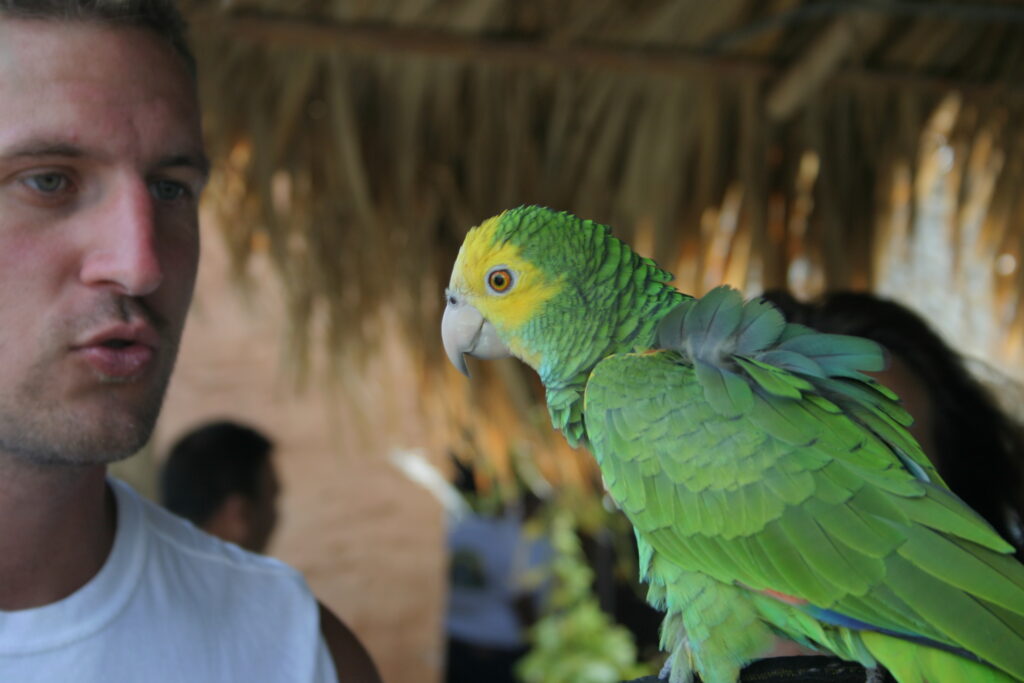
Birds are highly responsive to the ways humans communicate with them, often favoring people whose communication style resonates with their species-specific preferences. People who naturally mimic the vocalizations, whistles, or chattering sounds familiar to the bird’s species often gain special favor. The pitch, tone, and rhythm of a person’s voice can make a tremendous difference in how comfortable a bird feels with them.
People who take time to learn and respond to a bird’s body language—recognizing signs of stress, excitement, or relaxation—build stronger connections through this nonverbal understanding. Interestingly, many birds seem particularly drawn to humans who “talk to them” directly and consistently, even if the conversation is one-sided, suggesting birds appreciate being acknowledged and included in social interactions.
Scent Recognition and Chemical Cues

Although not widely discussed, birds have a surprisingly good sense of smell that may influence their human preferences. Birds can detect subtle differences in human body chemistry, perfumes, soaps, and other scent profiles that might make them favor one person over others. Research has shown that some bird species can recognize individual humans based partly on their unique scent signatures, which contributes to preference formation. Certain strong scents like tobacco, heavy perfumes, or industrial chemicals may actively repel birds, causing them to avoid people carrying these odors. This scent-based preference explains why a bird might suddenly reject a previously favored person who has changed perfumes, started using a new deodorant, or recently handled substances with strong smells.
Hormonal Influences on Bird Attachment
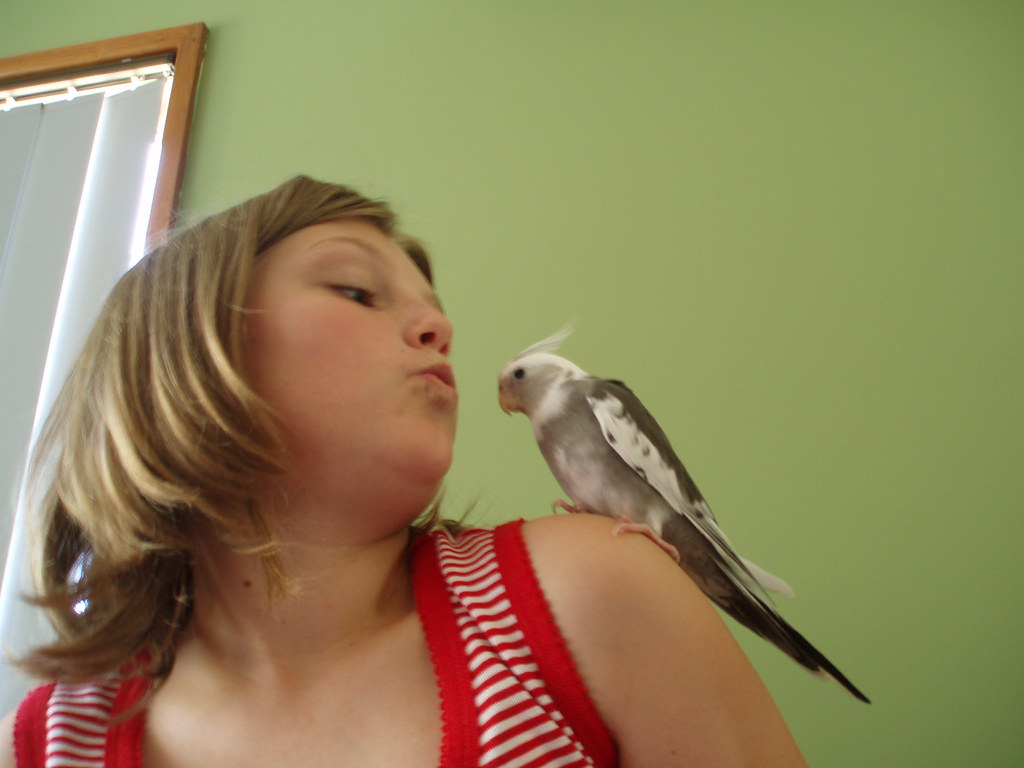
A bird’s hormonal state significantly impacts its social preferences, particularly during breeding seasons when hormone levels fluctuate dramatically. During these periods, some birds become intensely attached to their chosen human while showing aggression or territorial behavior toward others in the household. This hormonal influence explains why a normally friendly bird might suddenly bite or lunge at certain family members while becoming even more affectionate with their preferred person.
For many species, particularly larger parrots, these hormonal shifts can occur annually and last for weeks or months, temporarily intensifying their selective human preferences. Recognizing these natural hormonal cycles helps bird owners understand that sometimes a bird’s apparent rejection of certain people isn’t personal but rather a biological response. Environmental modifications like adjusting light exposure, changing cage arrangements, and limiting certain types of petting can help manage hormone-induced attachment behaviors.
Previous Experiences and Bird Memory

Birds possess remarkable long-term memories that shape their human preferences based on past interactions, both positive and negative. A bird that experienced mistreatment, neglect, or simply inconsistent care from previous owners may be selectively cautious around people who share characteristics with those who caused distress. Rescue birds, in particular, often show strong preferences for certain types of people while actively avoiding others based on these stored memories.
The impressive cognitive abilities of many bird species allow them to remember specific individuals for years, even after long separations. Some owners of rehomed birds report that their pets seem to permanently favor or avoid certain genders, voice types, or physical appearances that presumably remind them of past experiences. This memory-based selection process demonstrates the sophisticated social cognition that birds possess despite their relatively small brain size.
Overcoming Selective Attachment Issues
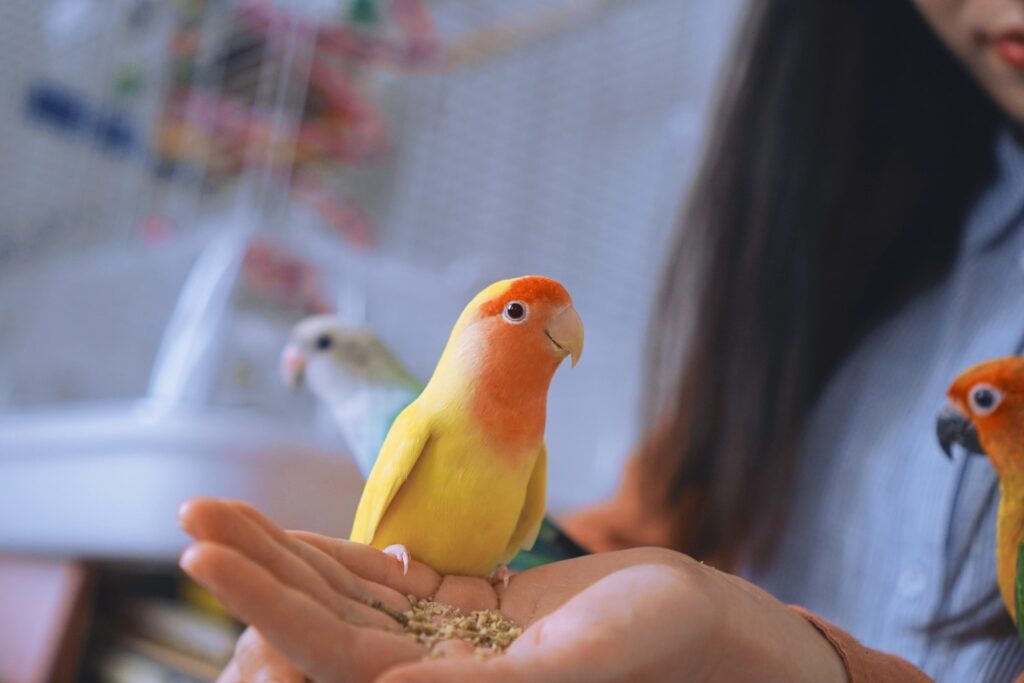
When a bird’s strong preference for one person creates household tension or limits the bird’s social adaptability, there are several approaches that can help balance these relationships. Gradually transferring primary caregiving responsibilities—including feeding, treat-giving, and cage maintenance—to less-favored family members can help redistribute the bird’s affections over time. Patience is absolutely crucial, as birds may take months to adjust their social preferences, requiring consistent positive interactions with previously ignored humans.
Having the favored person physically present but not directly interacting during sessions between the bird and other family members can provide security while new bonds form. For particularly stubborn cases, avian behaviorists recommend specialized techniques like target training, where multiple people participate in positive reinforcement sessions to create new positive associations. The key to success lies in respecting the bird’s pace rather than forcing interactions, which could reinforce negative associations.
Species Differences in Selective Bonding
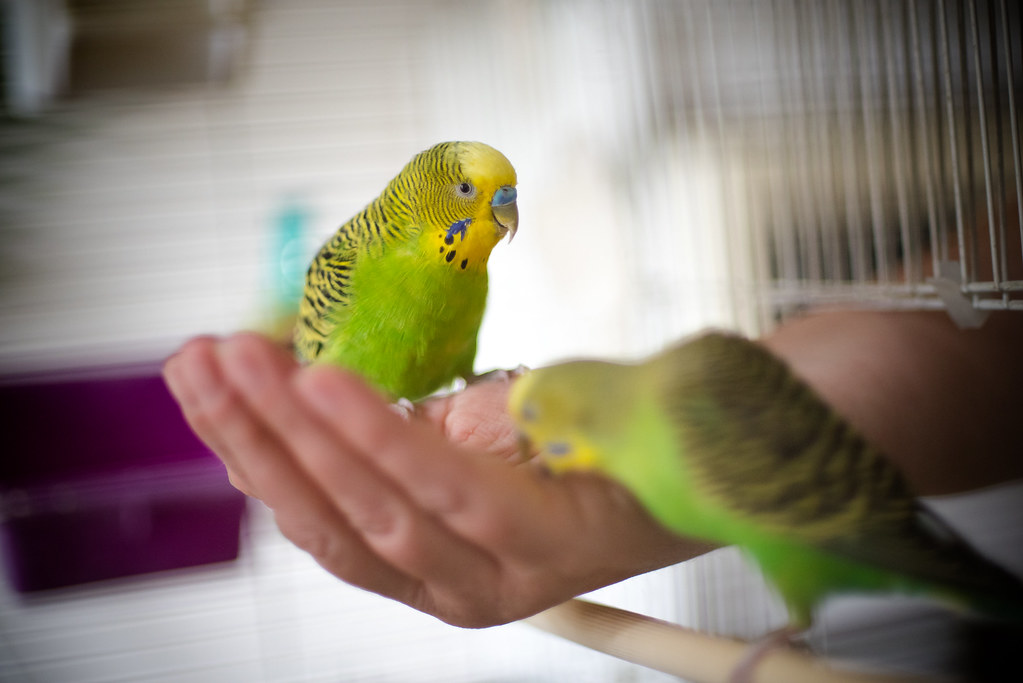
Different bird species show varying tendencies toward selective human bonding based on their natural social structures in the wild. African Grey parrots and Cockatoos, which form strong pair bonds in nature, typically develop the most exclusive human attachments, often strongly preferring just one person. Cockatiels and Budgies, while still capable of favorites, usually adapt more easily to multiple human companions and show less extreme selectivity.
Larger macaws and Amazon parrots can form strong preferences but generally maintain positive relationships with multiple household members when properly socialized. Understanding these species-specific tendencies helps set realistic expectations about how exclusive a bird’s human bonds might become. Some species, like Quaker parrots and Caiques, are known for their particular intensity in defending their chosen person from others, making early socialization especially important for these varieties.
The tendency for birds to choose one human while ignoring others reflects the complex interplay of biology, psychology, and experience in these intelligent creatures. Far from being random or simply stubborn, a bird’s selective attachment stems from natural bonding instincts, early imprinting, consistent caregiving relationships, and memorable interactions. By understanding these factors, bird owners can better appreciate their special bond with a feathered friend while potentially helping their pet develop healthier relationships with other household members. The next time a cockatiel perches exclusively on one person’s shoulder or a parrot speaks only to their favorite human, remember that this selective behavior represents a sophisticated social choice—one that honors the unique connection between bird and human.


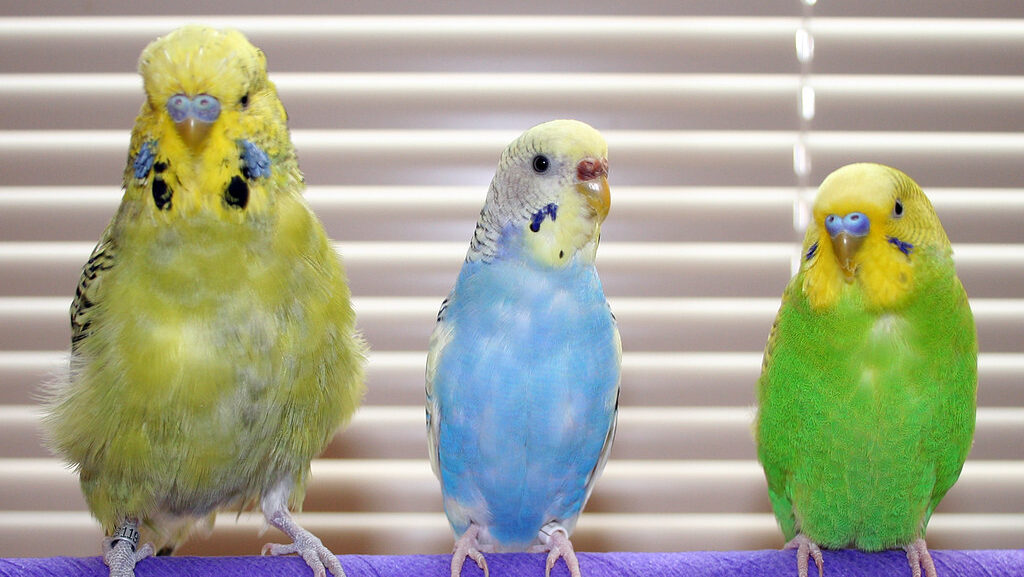
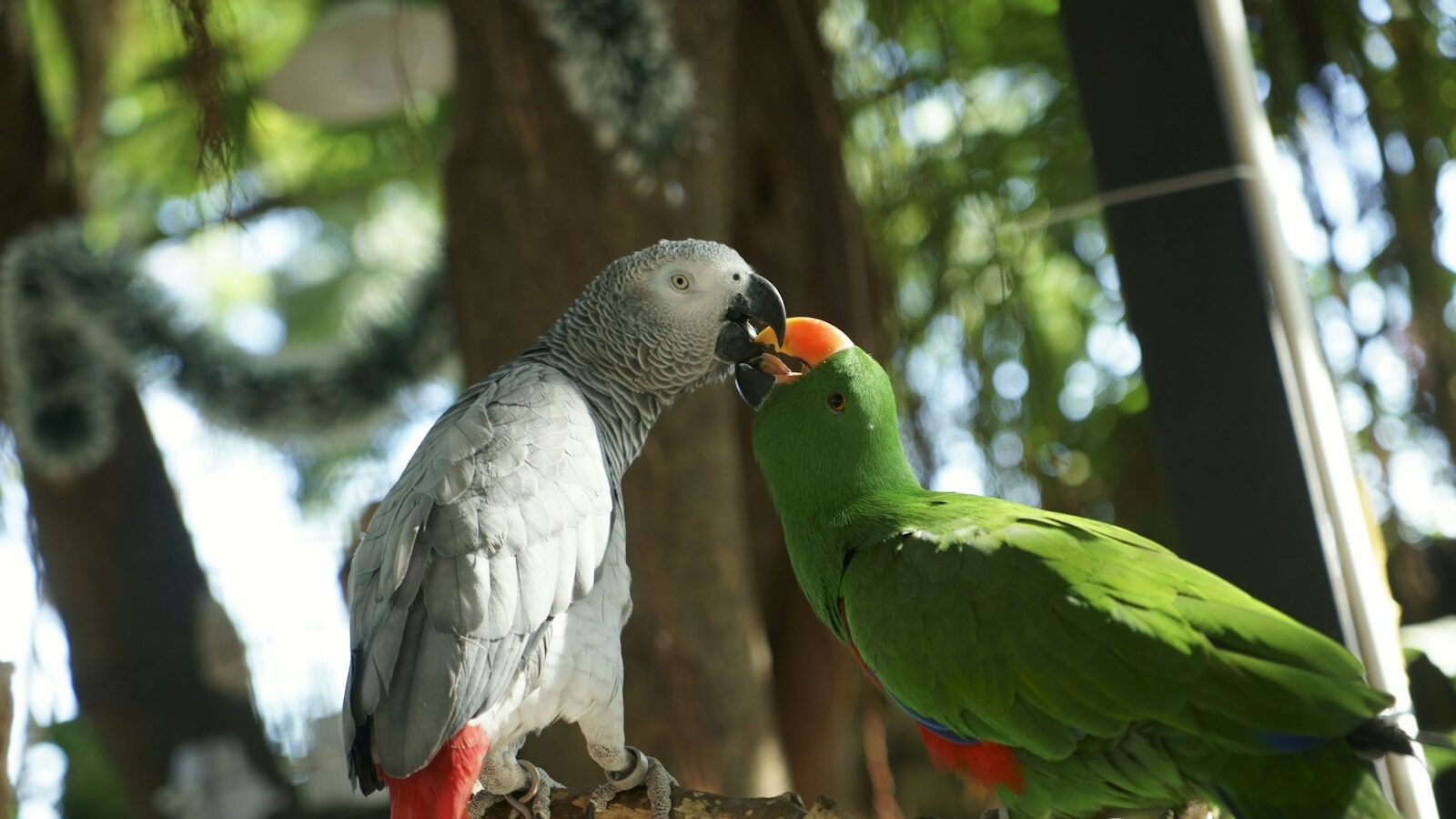
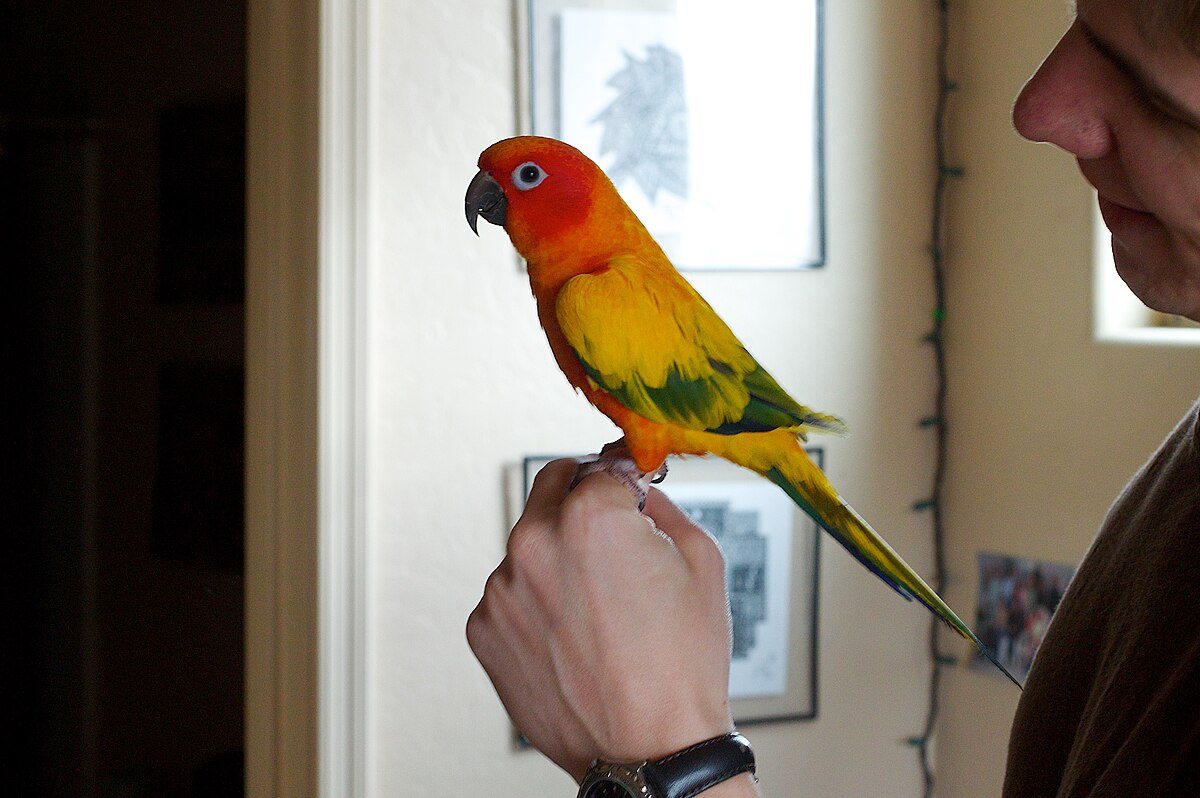
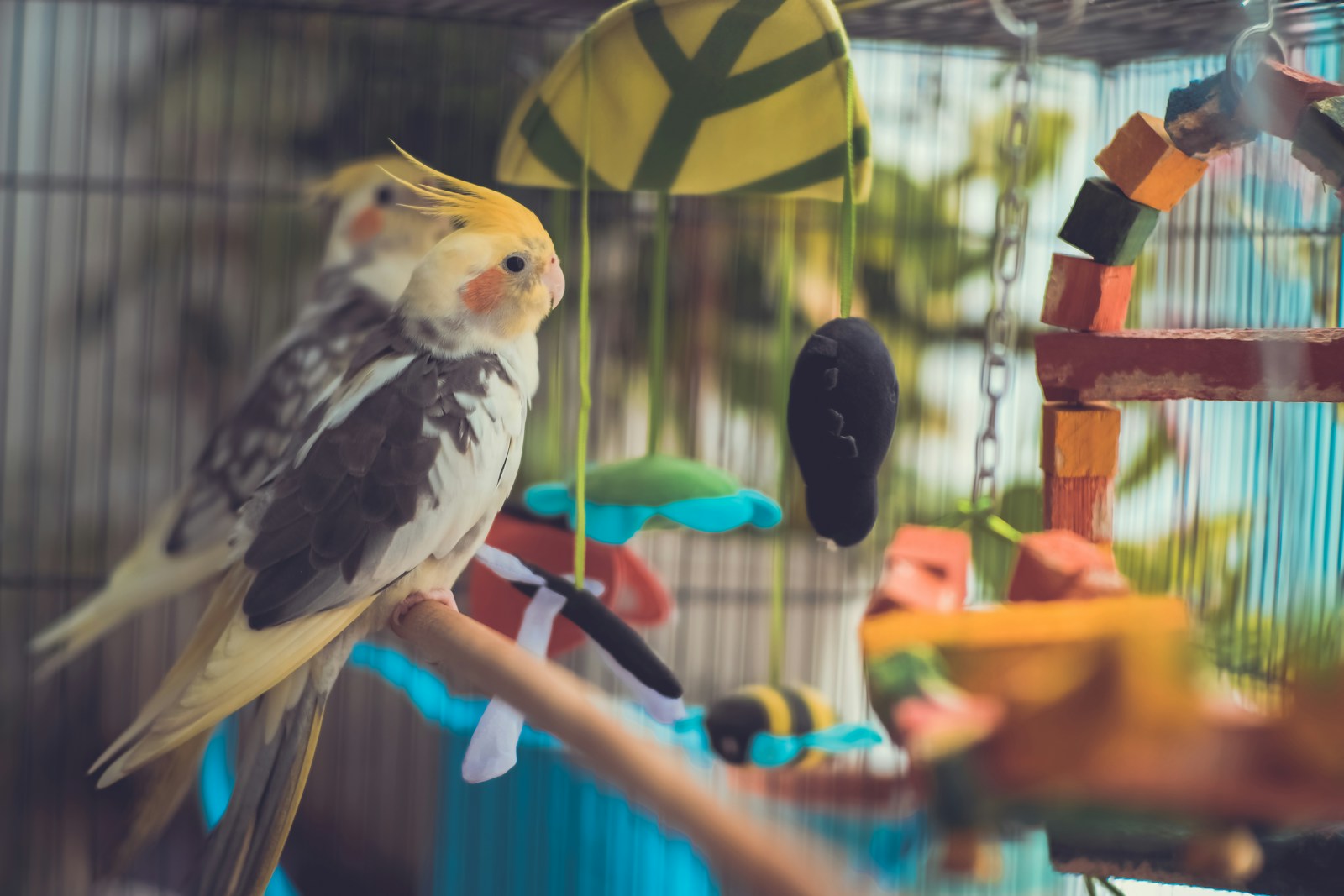
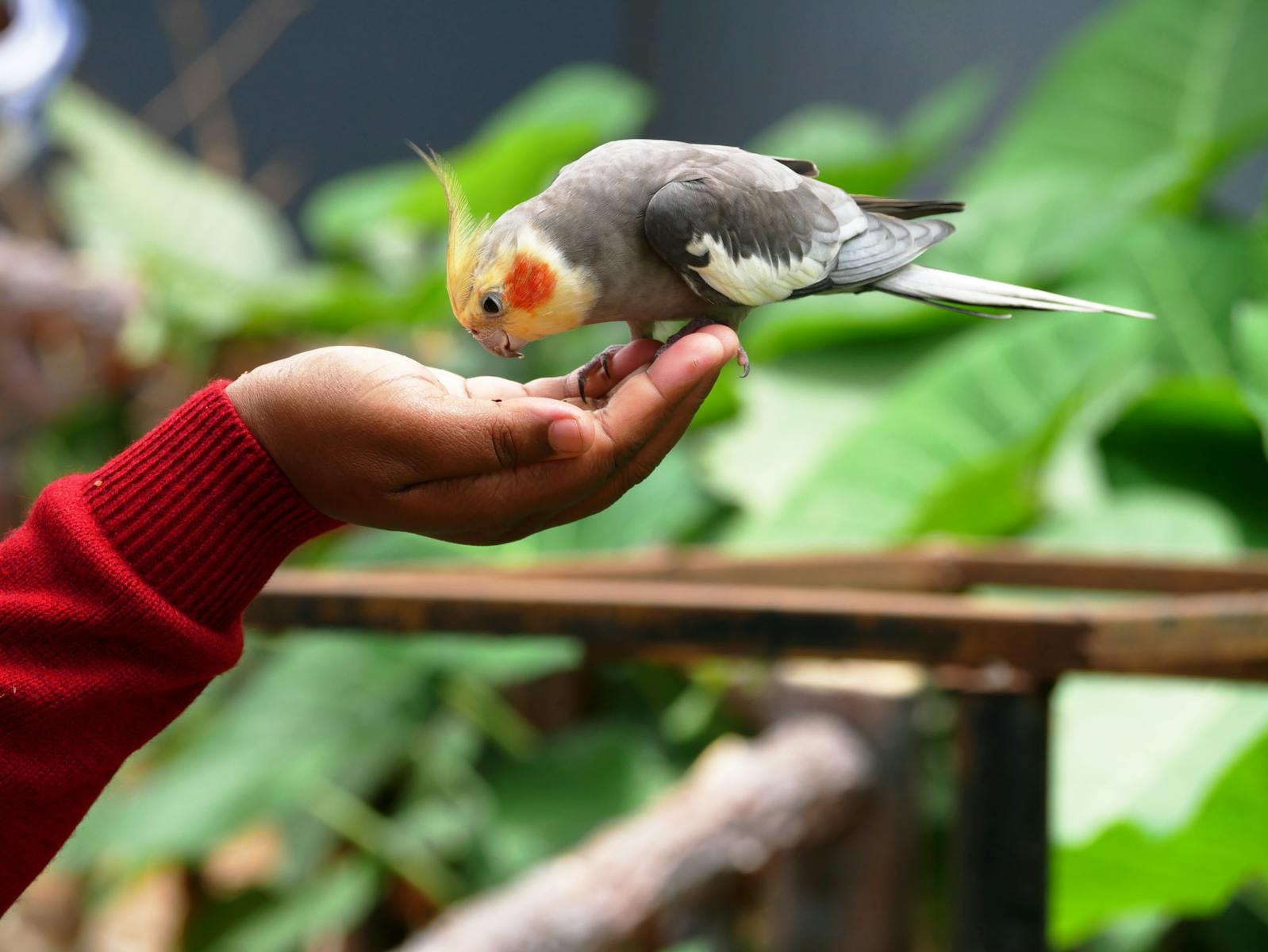
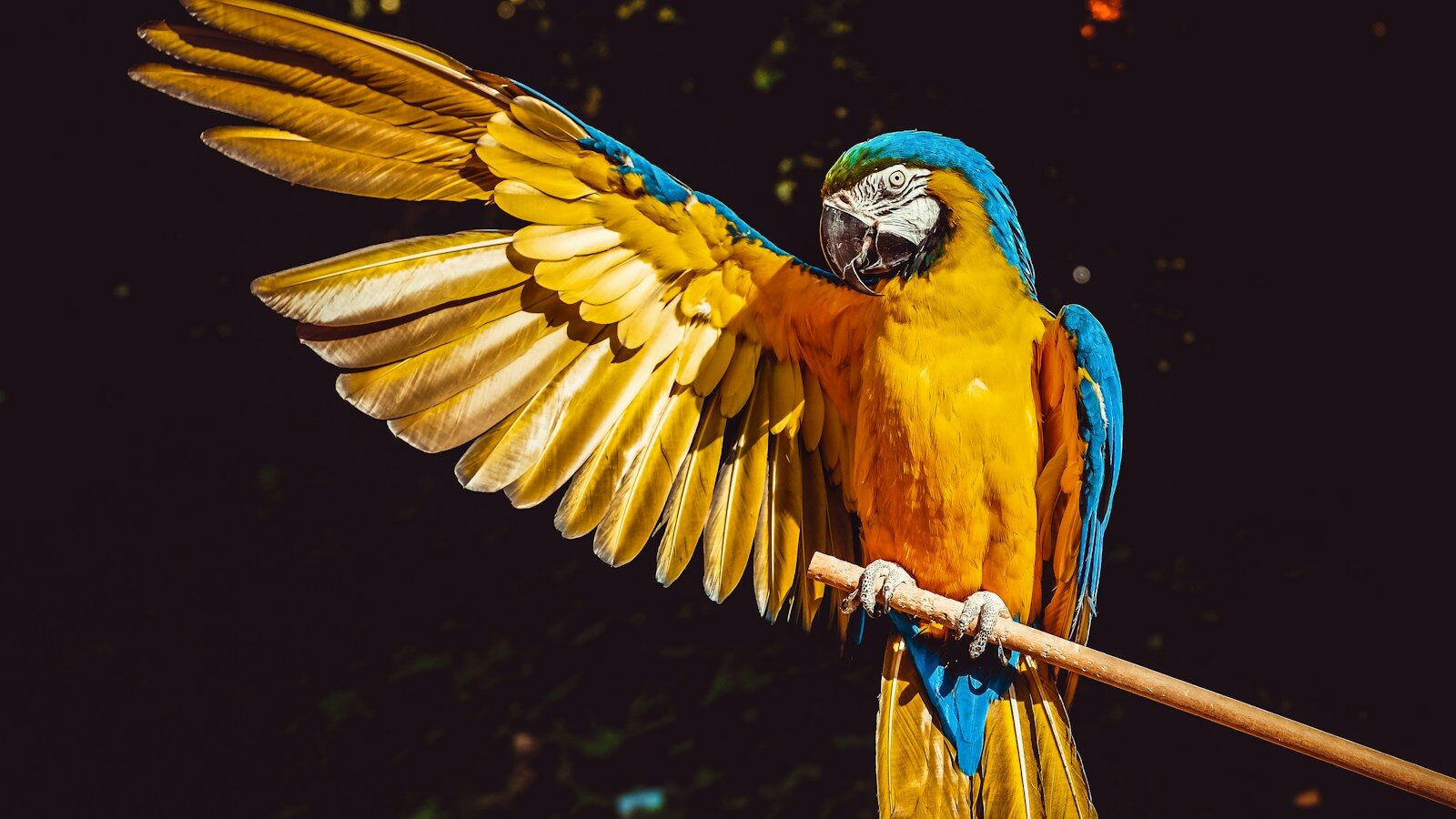





Leave a Reply